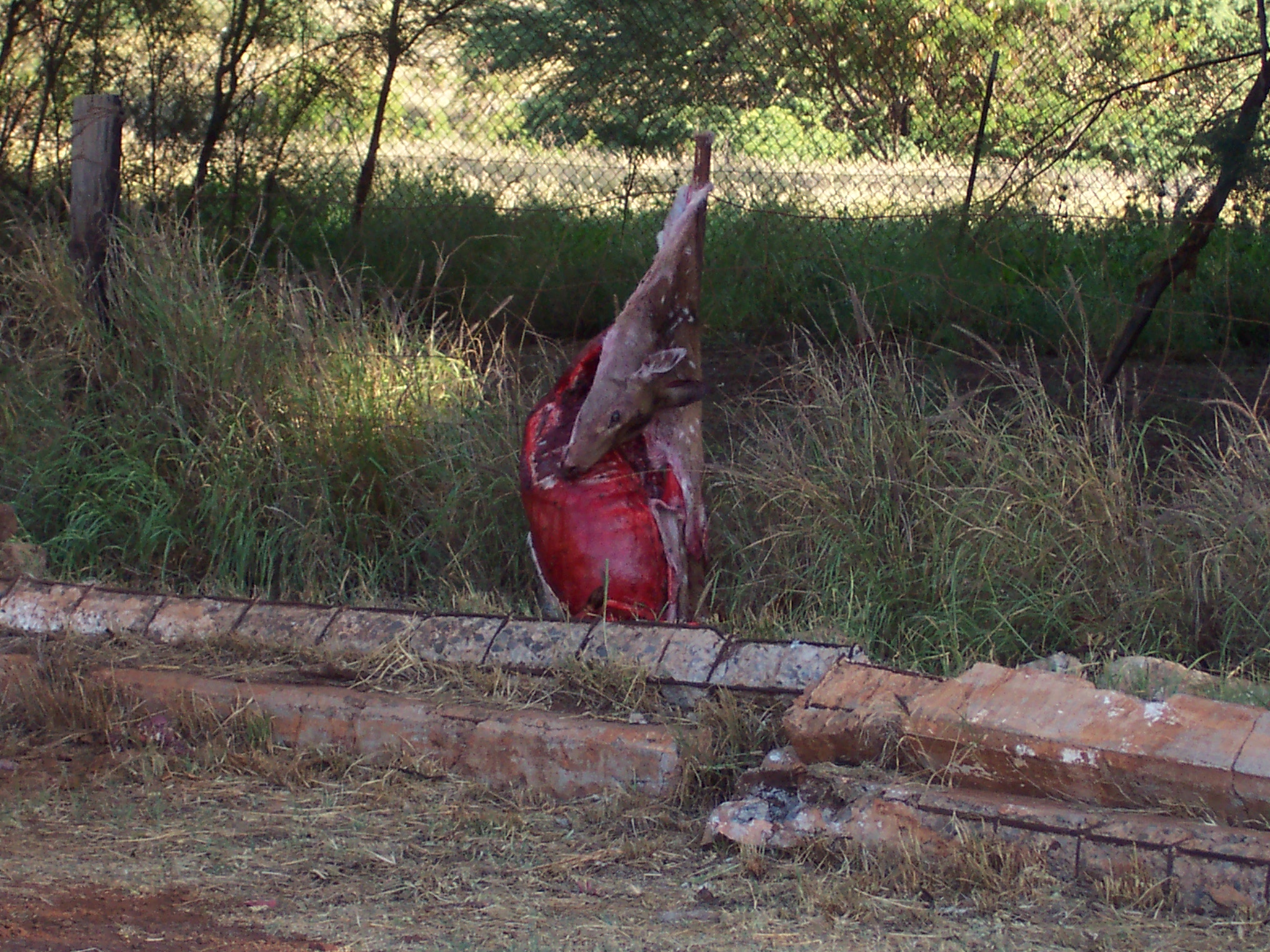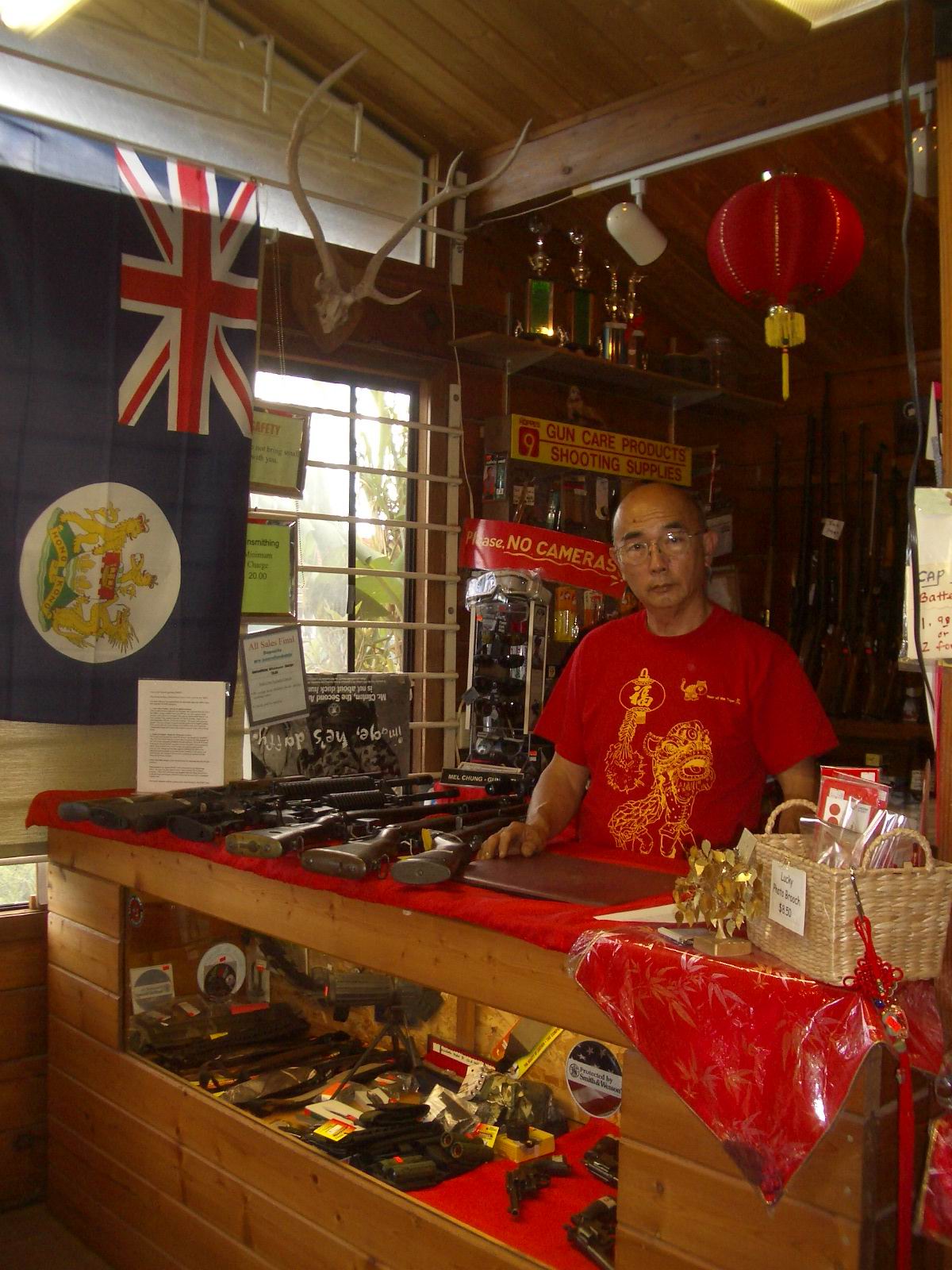Thursday, February 25th, 2010
.JPG)
Community Contributed
By Glenn I. Teves, County Extension Agent, UH College of Tropical Agriculture and Human Resources
The term ‘invasive species’ usually conjures up images of a new weed choking out our native forests or a new animal like the coqui frog chirping and keeping you up at night, but there are also diseases that if allowed to enter Hawaii can create havoc on our crops. One such disease has arrived, but not yet on Molokai.
The Tomato Yellow Leaf Curl Virus or TYLCV in one of the most devastating diseases of tomato and was first found in the Mediterranean. It has since found its way to the US via the Dominican Republic, Mexico, Florida, and California. In Hawaii, it was recently found on North Shore, Oahu and Wailuku, Maui. Most likely, TYLCV arrived with an infected plant. The disease causes stunting of the plant and leaves, and causes a yellow curled or wrinkled edge on leaves. The leaf margins will curl upward, giving them a cup-like appearance, but the worst of all is the flowers will drop off before maturing. Without flowers, you have no fruit.
.JPG)
TYLCV is spread by two species of whiteflies, the sweetpotato and silver leaf whitefly, both of which are already found on Molokai. Once whiteflies feed on an infected plant, they’re able to infect plants for their entire life, and are known to move in the wind. Many members of the tomato family, including eggplant, pepper, and potato can be infected but remain healthy in appearance. Beans are also a host and will sometimes display symptoms.
Management of TYLCV usually involves removing diseased plants, and controlling weedy members of the tomato family, including popolo or night shade, kikania, and apple of peru, among others. Controlling whiteflies in crops is also important. With the early discovery of this disease, many TYLCV resistant varieties have been developed and are being tested in Hawaii. Some of the seed companies developing TYLCV resistant varieties including BHN Seed, Golden Valley Seed, Sakata Seed, Seminis Seed, and Israeli seed companies Hazera, Zeraim Gedera, and Nirit Seed. For more information, you can download a free publication on disease at UH College of Tropical Agriculture and Human Resources
website.











.JPG)
.JPG)
.JPG)
.JPG)



